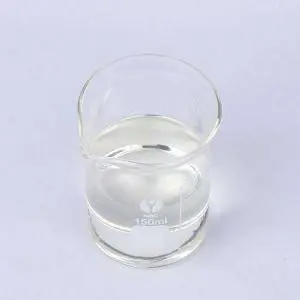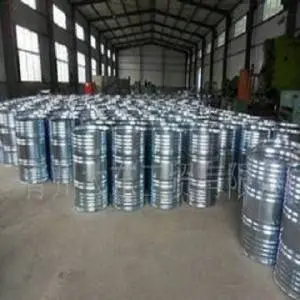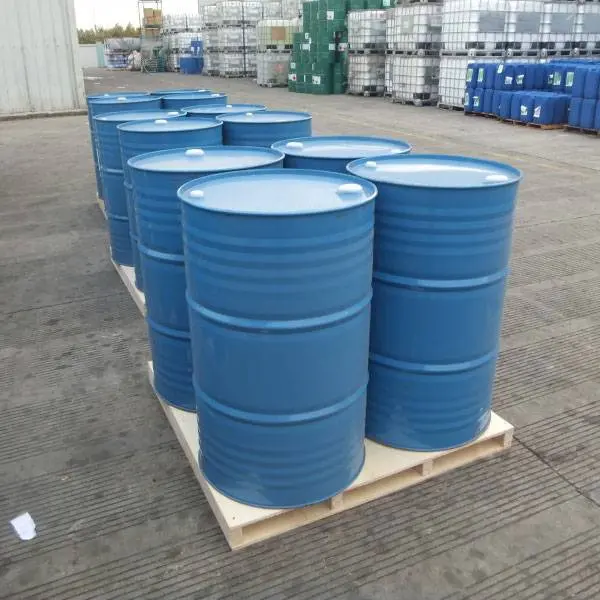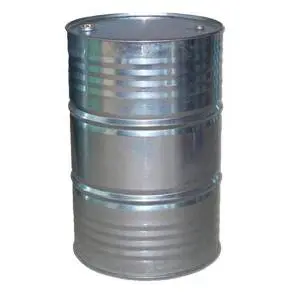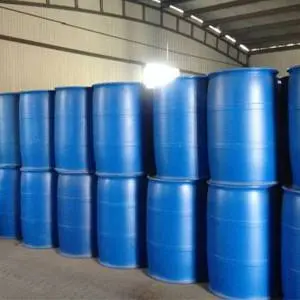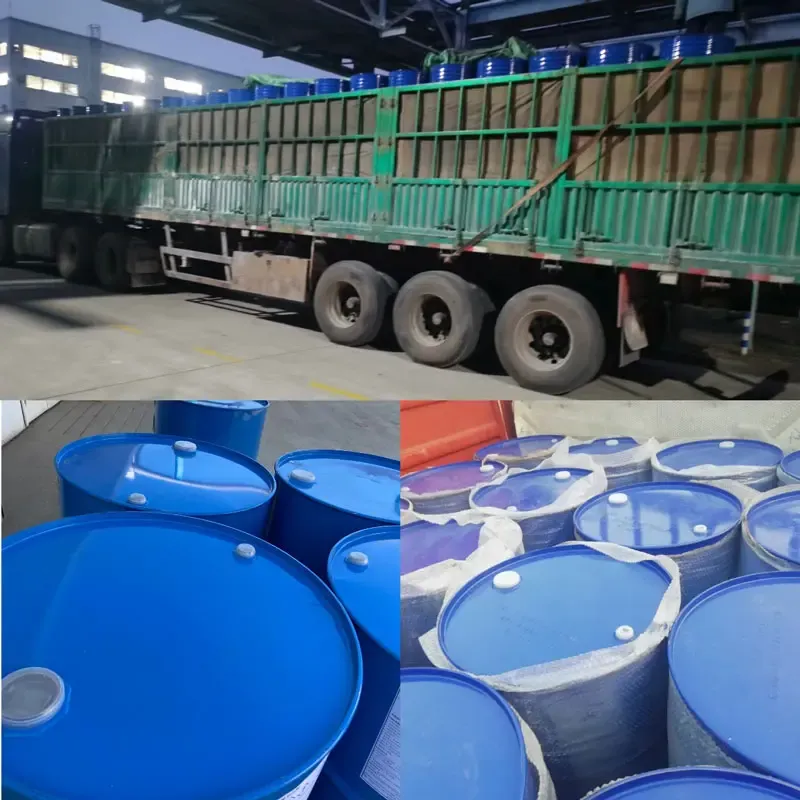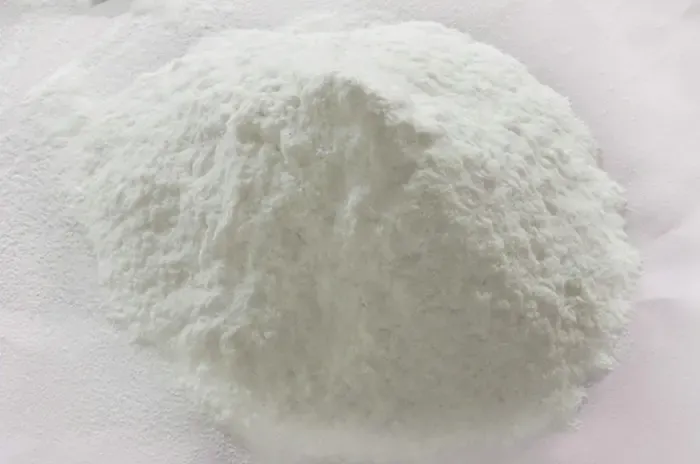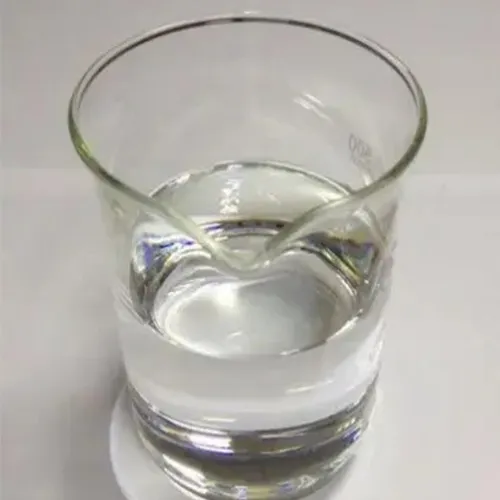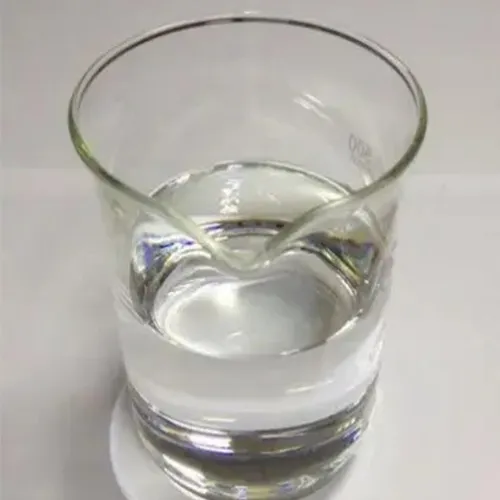High-Purity N-Dimethyl-1,3-Propanediamine | Fast Delivery
Practical Guide and Market Outlook for N, N-DIMETHYL-1, 3-PROPANEDIAMINE
If you work in epoxy curing agents, personal care intermediates, or water treatment polymers, you’ve almost certainly crossed paths with N, N-DIMETHYL-1, 3-PROPANEDIAMINE (often called DMAPA or 3-Dimethylaminopropylamine). I’ve seen it quietly enable better adhesion, gentler surfactants, and surprisingly resilient paper chemistries. And yes, it has its quirks—odor, reactivity, and a need for tidy handling—yet it’s hard to beat for versatility and cost-to-performance.
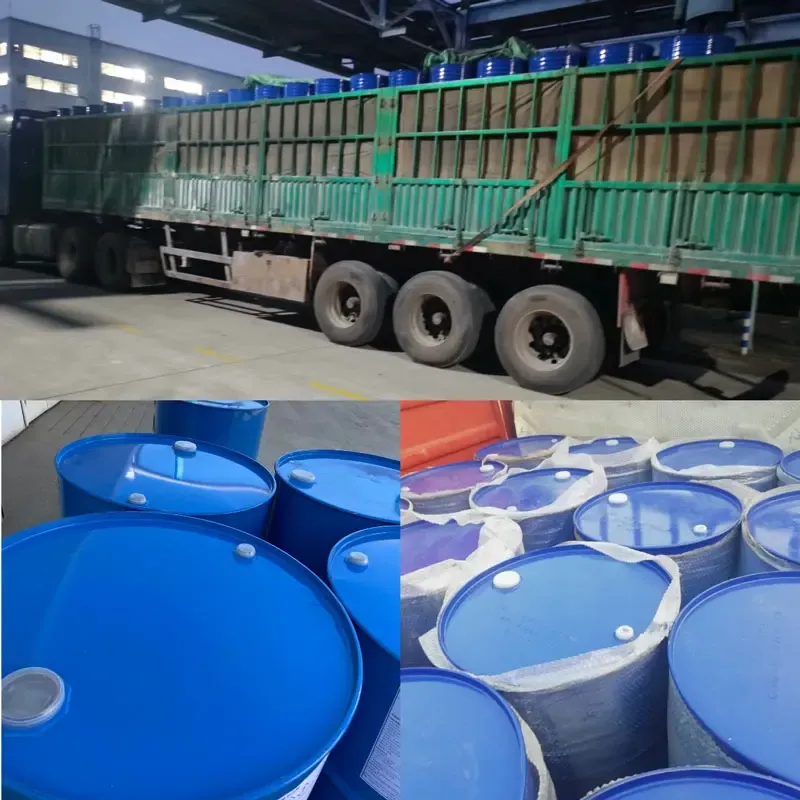
Industry trends and where it’s going
Three things I keep hearing: tighter impurity specs, greener synthesis routes, and more REACH-ready supply. Demand is steady from CAPB (cocamidopropyl betaine) makers in personal care, and from epoxy/amine adduct formulators aiming for low-color, low-blush coatings. Water-soluble polymer producers (e.g., flocculants and retention aids) also lean on N, N-DIMETHYL-1, 3-PROPANEDIAMINE derivatives to tune charge density.
Typical technical specifications
| Parameter | Spec (typical) | Notes |
|---|---|---|
| CAS | 109-55-7 | Industry standard identifier |
| Synonyms | 3-Dimethylaminopropylamine; 3-Aminopropyldimethylamine; DMAPA | Common trade names vary |
| Molecular formula | C5H14N2 | Primary + tertiary amine |
| Molecular weight | ≈102.18 g/mol | Real-world use may vary by datasheet notation |
| Purity (GC, area%) | ≥99.0% | ASTM E260/E355 methods |
| Water (Karl Fischer) | ≤0.30% | ASTM E203 / ISO 760 |
| Color (APHA) | ≤20 | ASTM D1209 |
| Boiling point | ≈134–136°C | At 1013 hPa |
| Density @20°C | ≈0.81 g/cm³ | ASTM D4052 |
| Flash point (CC) | ≈38–42°C | ASTM D93 |
| Shelf life | 12–24 months | Sealed, dry, cool storage |
| Origin | Jinling Mansions No.106-1 East Yuhua Rd., Shijiazhuang, Hebei, China | Manufacturer address |
Applications I see most
- Epoxy systems: amidoamine/adduct curing agents for protective coatings and adhesives (lower blush, better flexibility).
- Personal care: precursor to betaines (e.g., CAPB) and amidoamines for mild surfactants.
- Water treatment and paper: cationic monomers/intermediates for flocculants and wet-strength resins.
- Corrosion inhibitors and textile auxiliaries: where balanced reactivity is handy.
Many customers say color stability and amine value consistency matter more than headline purity. I’d agree—downstream yield can hinge on trace nitrile or low boilers.
How it’s made and qualified (short version)
Materials: dimethylamine + acrylonitrile → dimethylaminopropionitrile (DMAPN) → hydrogenation to N, N-DIMETHYL-1, 3-PROPANEDIAMINE. Methods: fixed-bed catalytic hydrogenation, followed by fractional distillation and color polishing. Testing: GC assay, KF water, APHA color, amine value (ASTM D2073-like), residual nitrile by GC-MS. Safety: skin/eye corrosion checks per OECD TG 404/405. Packaging: 160–170 kg steel drums, 850–1000 kg IBCs.
Vendor comparison (indicative)
| Vendor | Purity | Color | Compliance | Lead time |
|---|---|---|---|---|
| Sincere Chemicals (China) | ≥99.0% | ≤20 APHA | ISO 9001; REACH-ready | 2–4 weeks |
| Vendor A (Global) | ≥99.5% | ≤15 APHA | REACH reg.; ISO 14001 | 4–6 weeks |
| Vendor B (Regional) | ≥98.5% | ≤30 APHA | Local regs | Stock/spot |
Customization and practical tips
- Low-color grade (≤10 APHA) for premium adhesives and clear coats.
- Moisture-controlled lots (≤0.15% H2O) to protect sensitive polymerization steps.
- Stabilizer/inhibitor guidance for storage above 30°C (real-world logistics matter).
Quick case notes
Adhesives plant, ASEAN: switching to lower-water N, N-DIMETHYL-1, 3-PROPANEDIAMINE cut amine blush complaints by ~30% and improved gel-time predictability (internal QA data). Personal care supplier, EU: consistent APHA ≤15 helped lift CAPB active content by ~0.5% absolute, according to their lab feedback. Not earth-shattering, but noticeable on margins.
Compliance and safety signals
Look for ISO 9001 quality systems, REACH registration or support, and transport docs per UN class. Corrosive to skin/eyes; use PPE, closed transfers, and local exhaust. SDS alignment with GHS, and testing references to OECD TG 404/405 and 406 are good signs.
Bottom line
For many formulators, N, N-DIMETHYL-1, 3-PROPANEDIAMINE is a quiet workhorse. Get the color and moisture right, insist on GC impurity profiles, and you’ll likely get steady yields—without drama.
Authoritative references
Post time: Oct . 13, 2025 17:15





